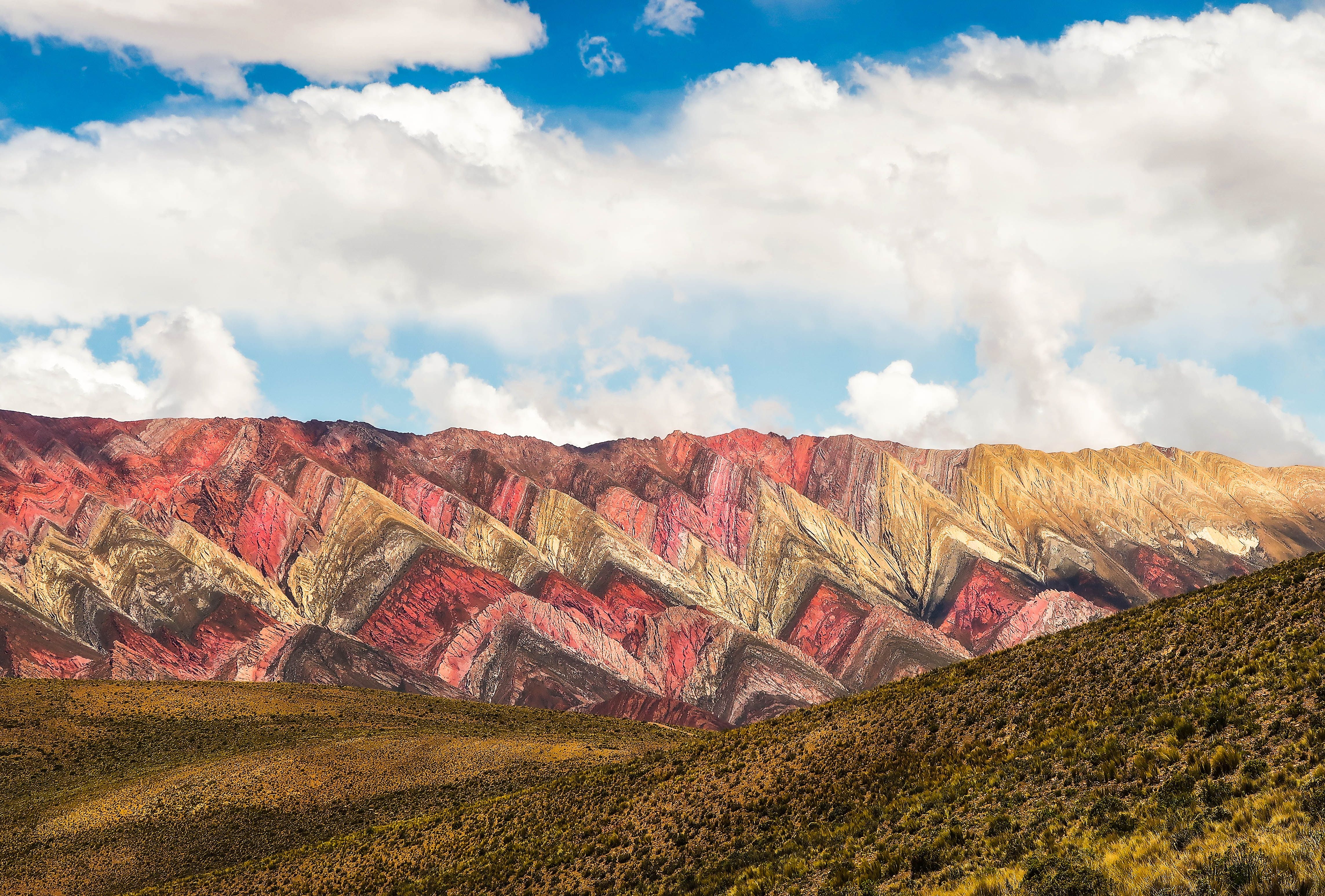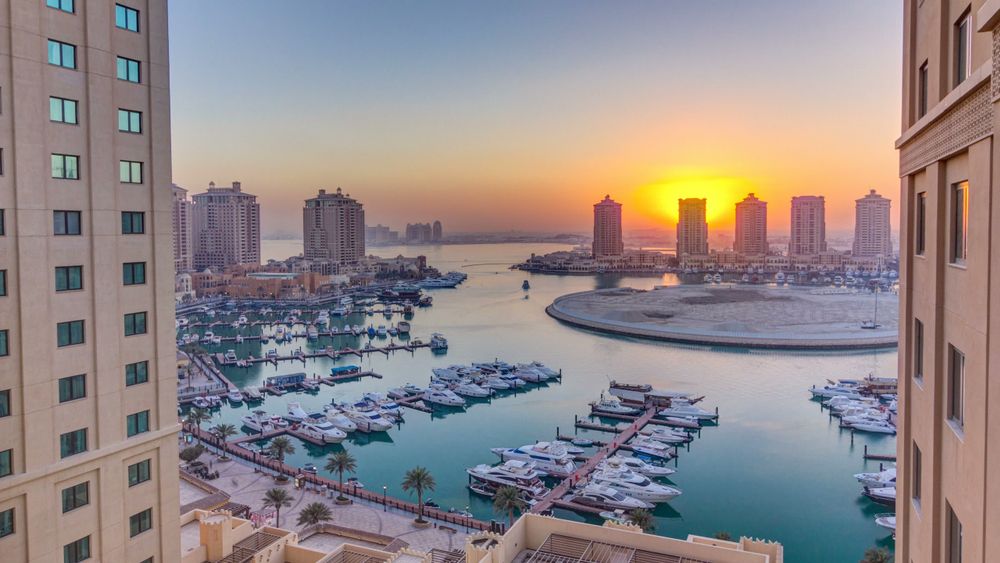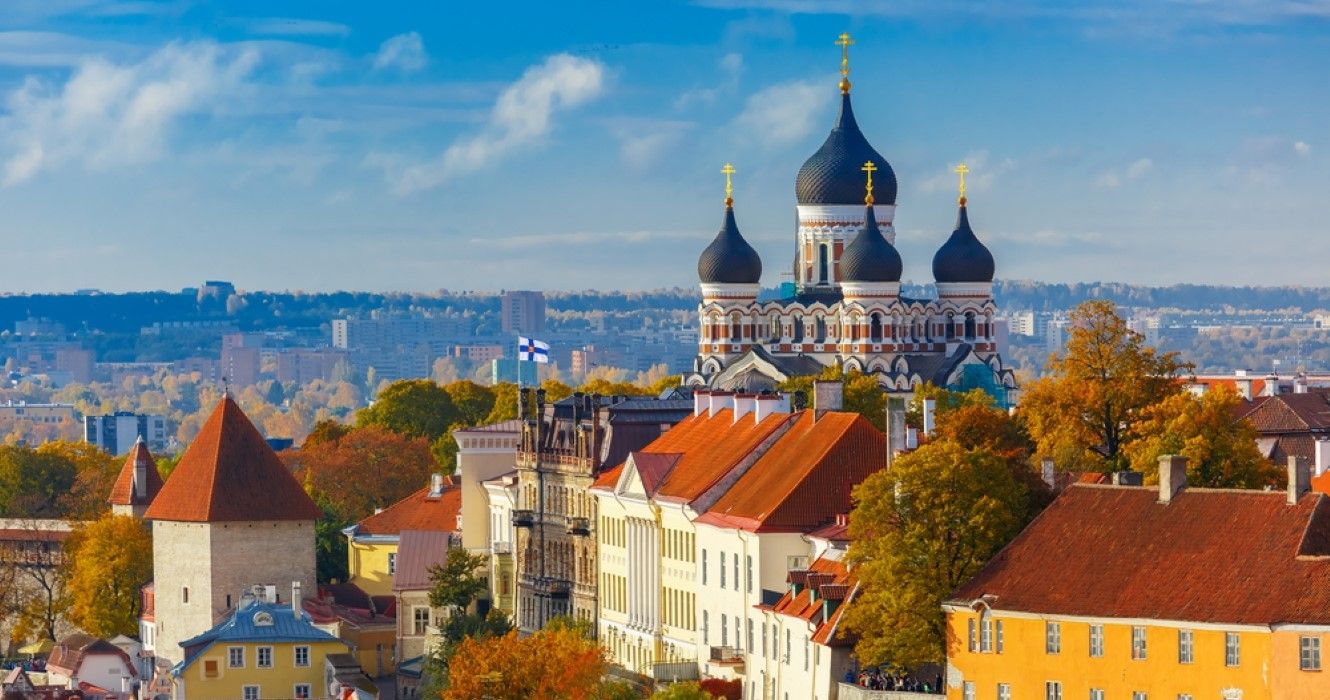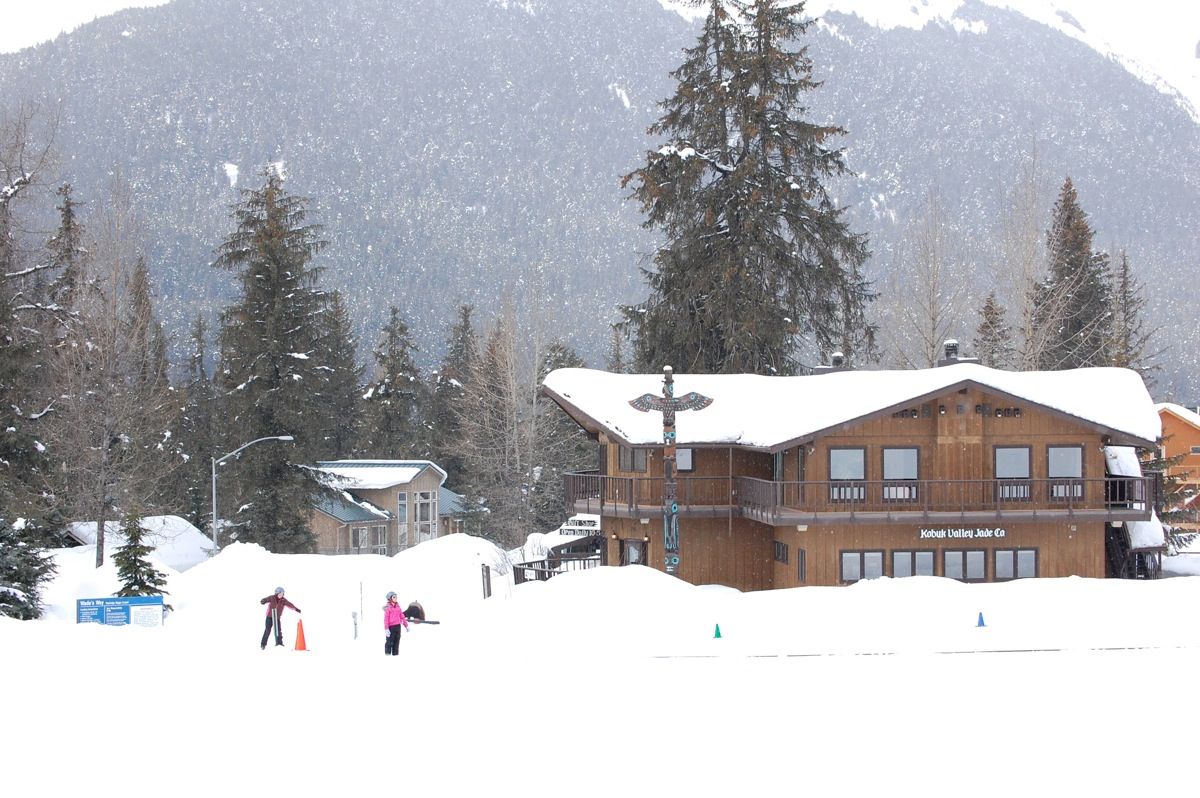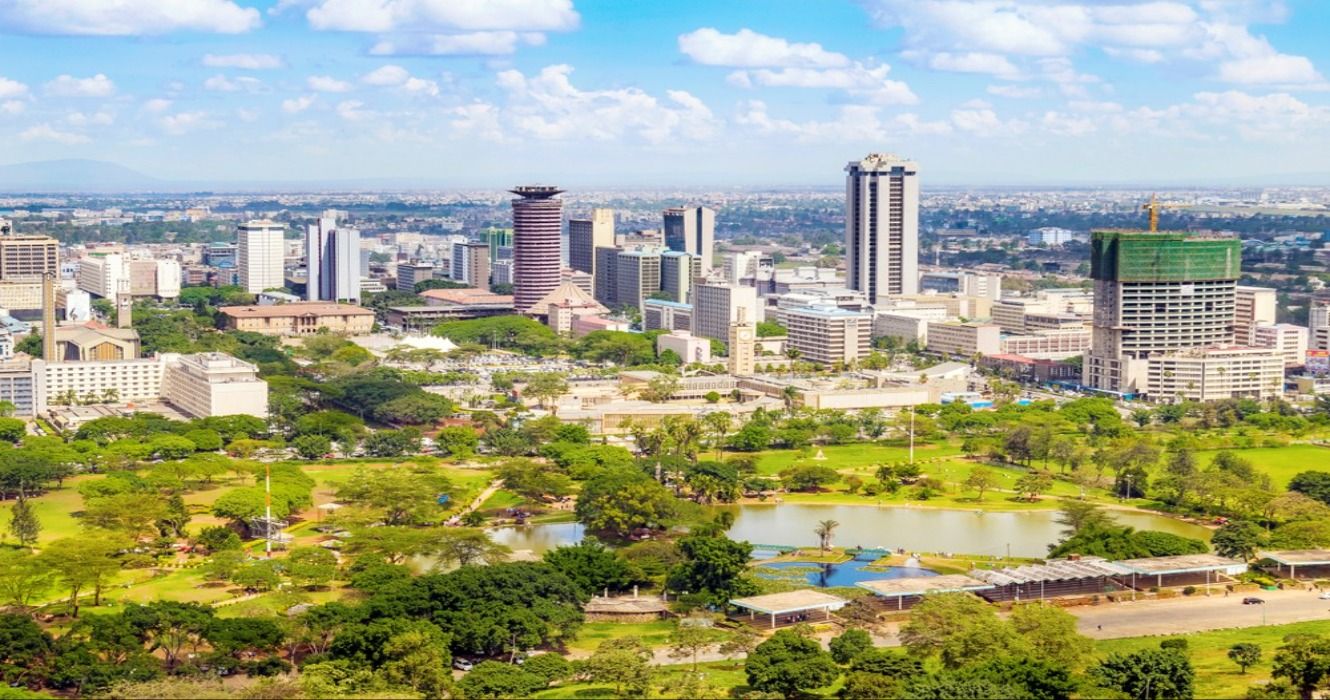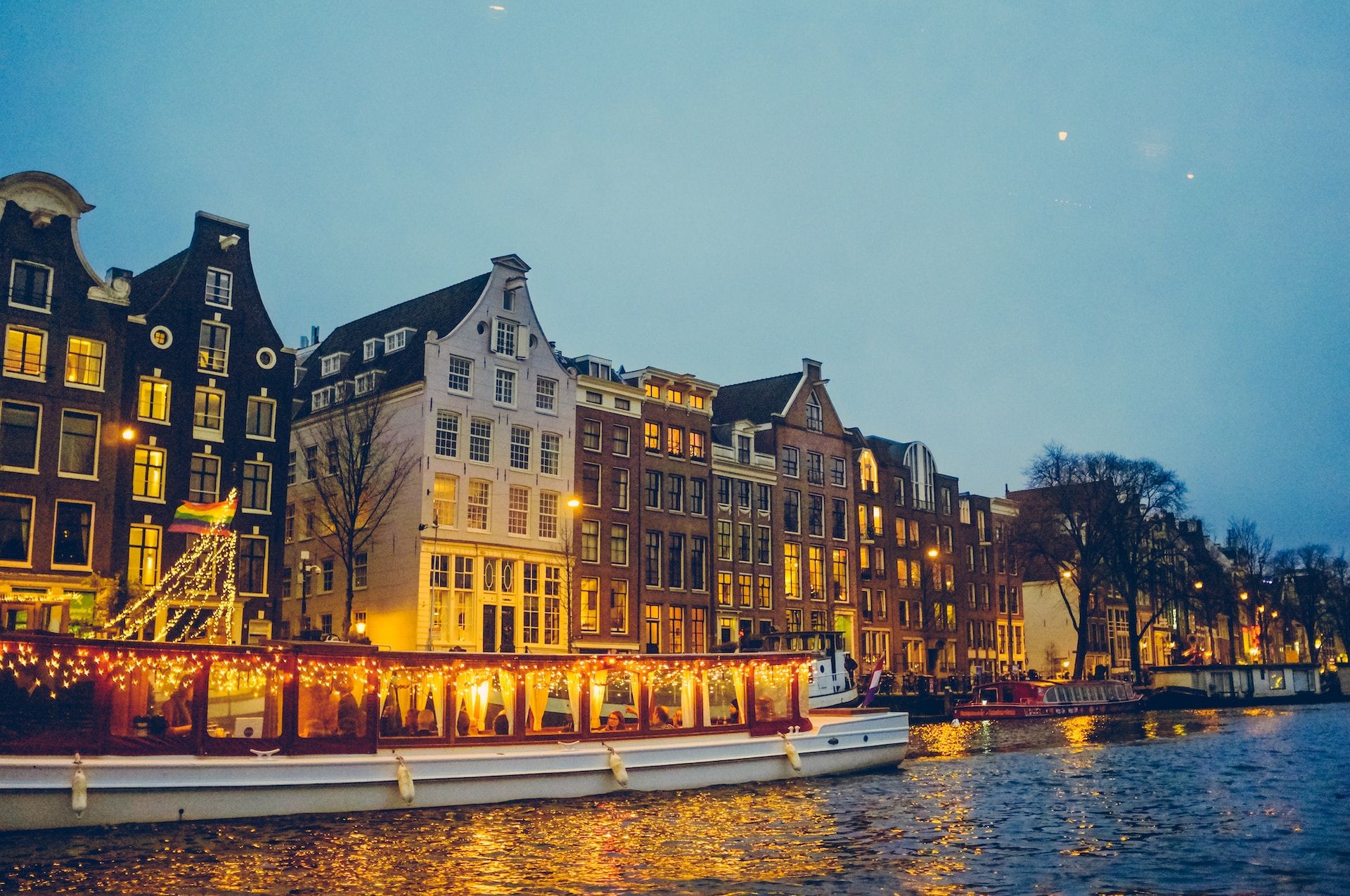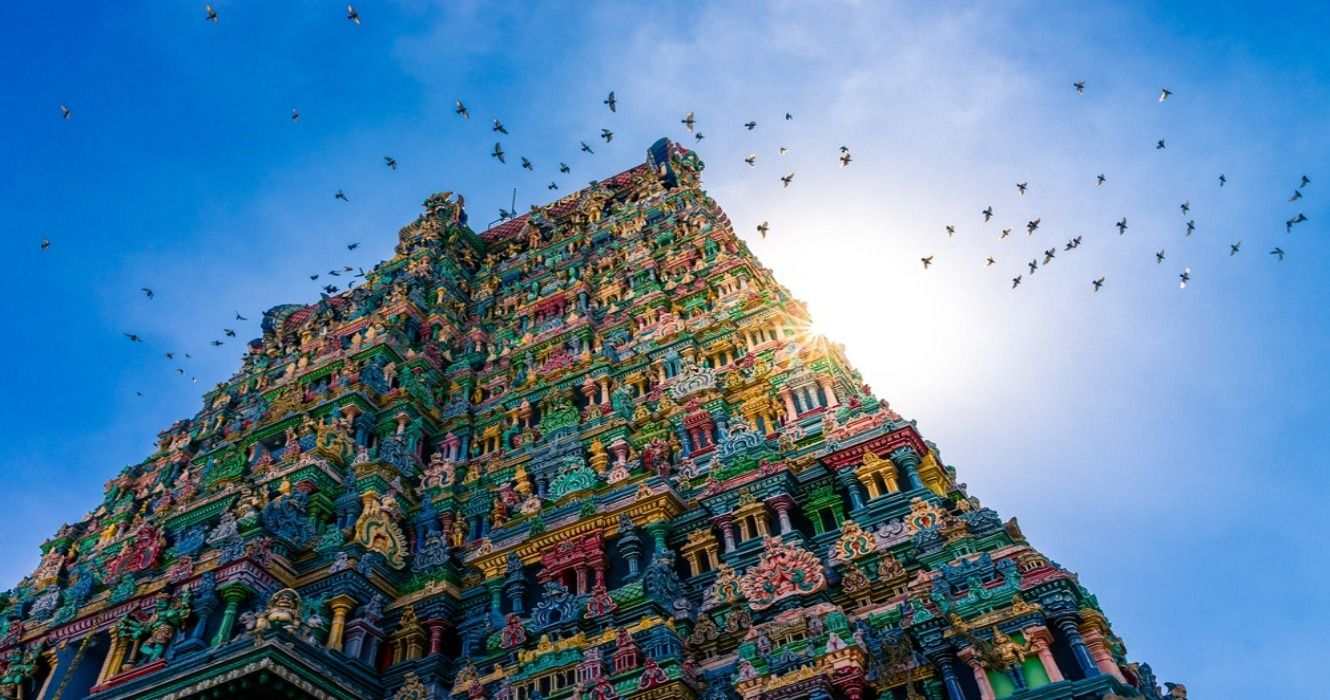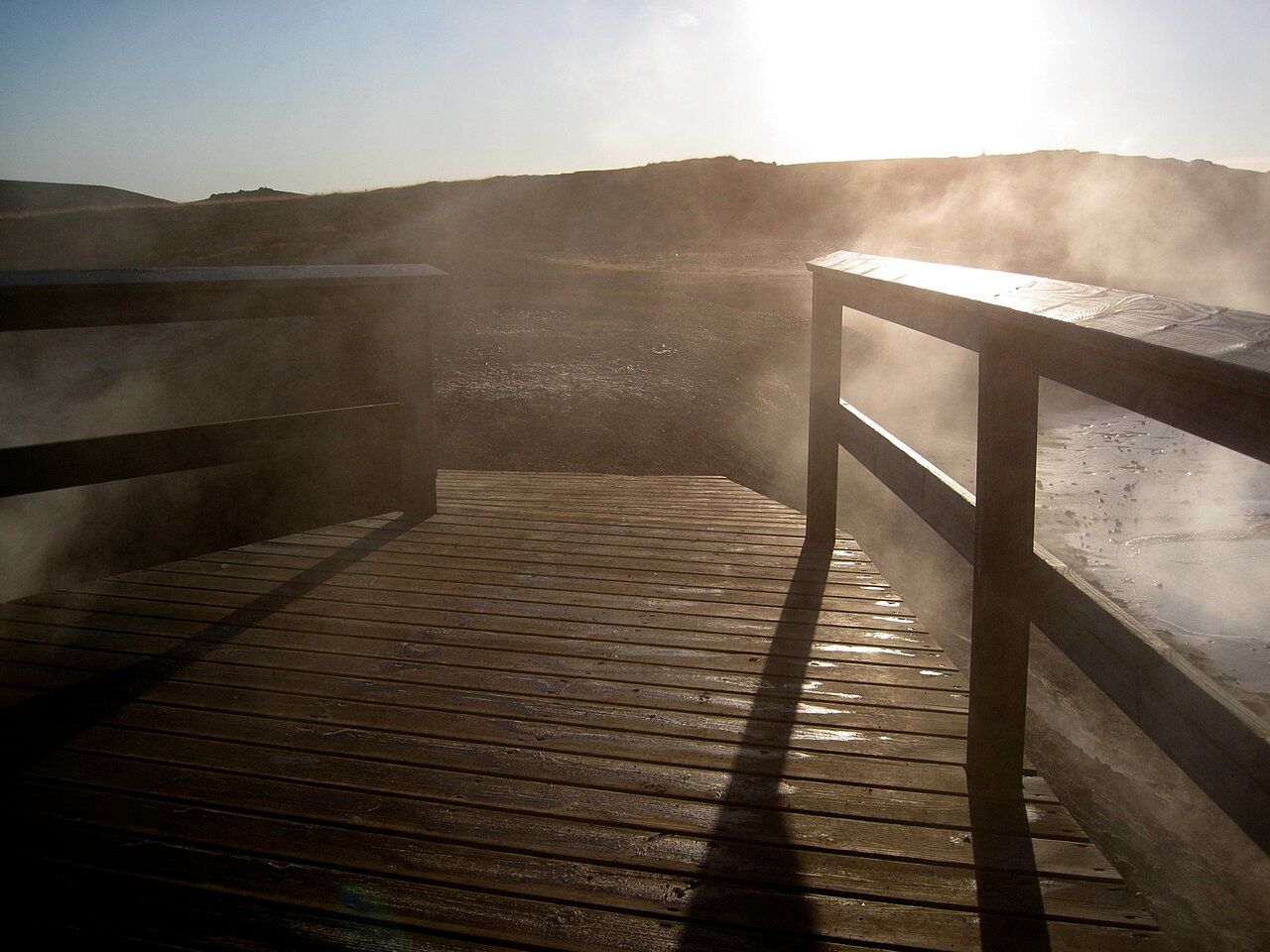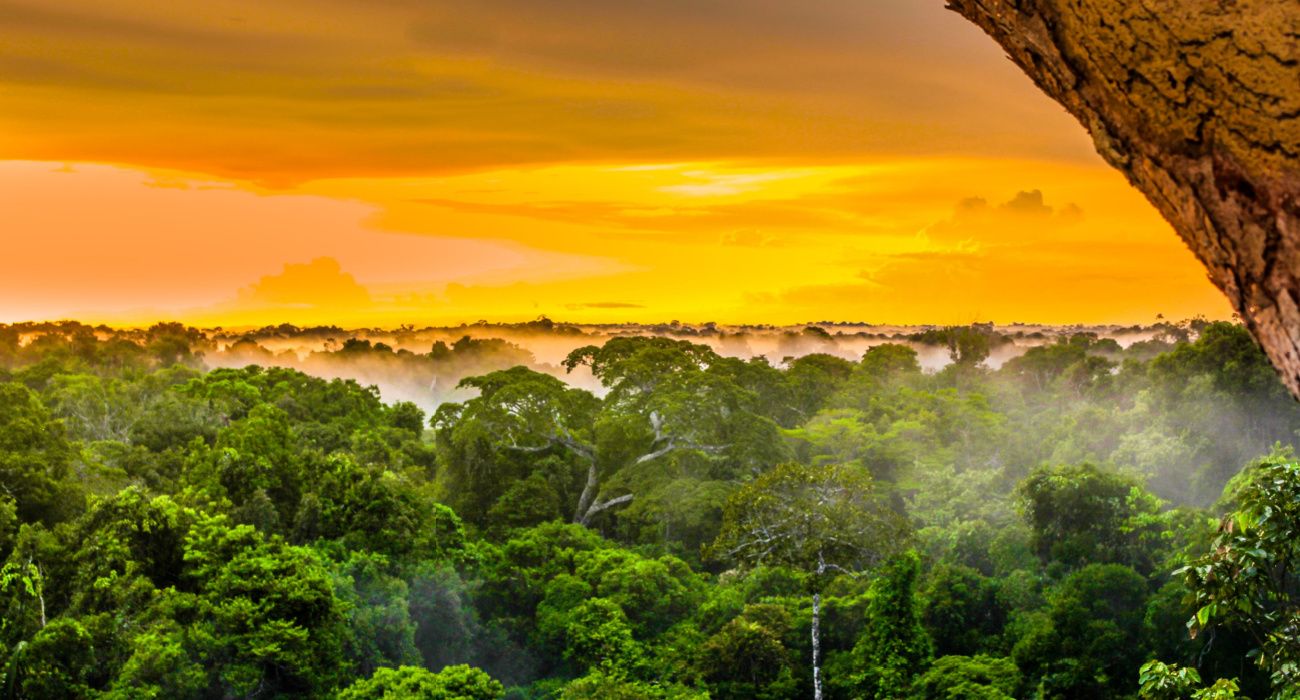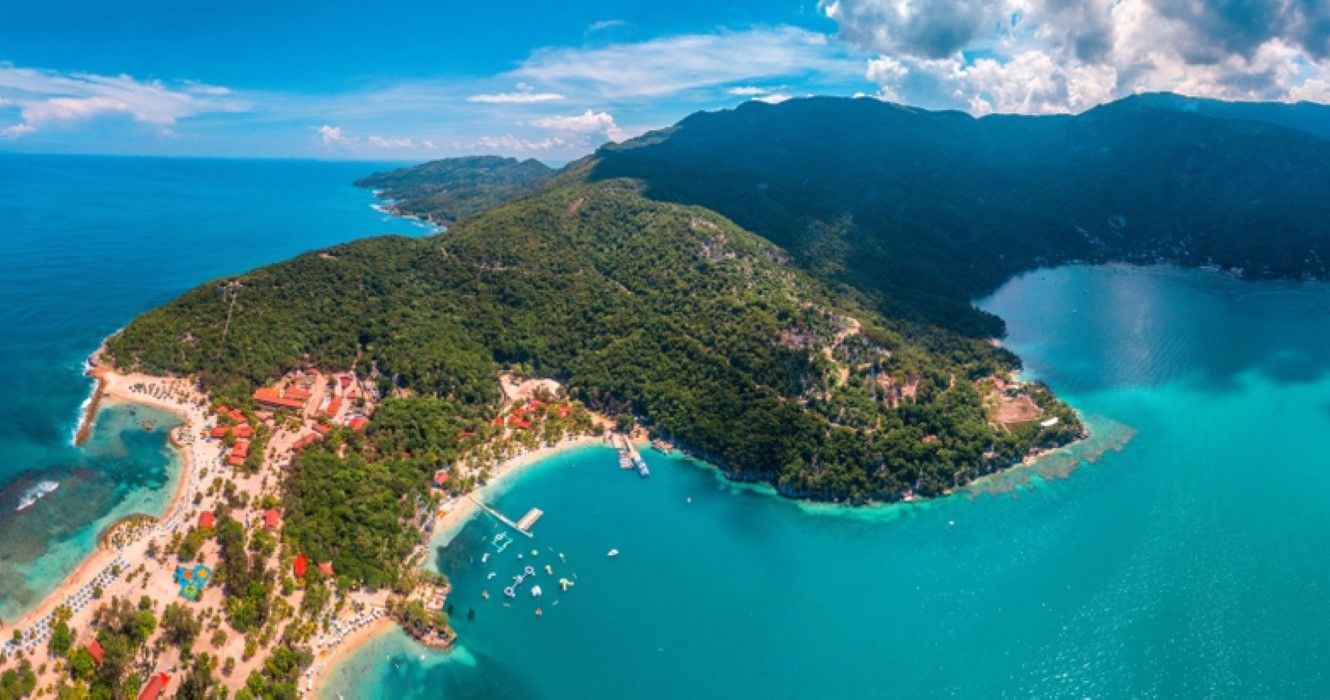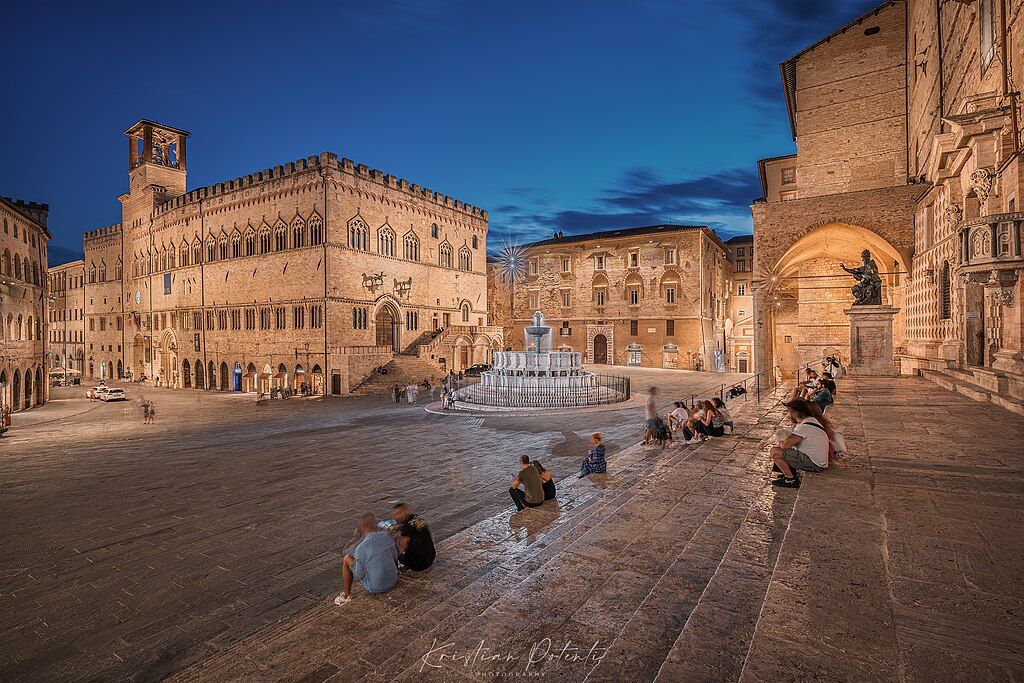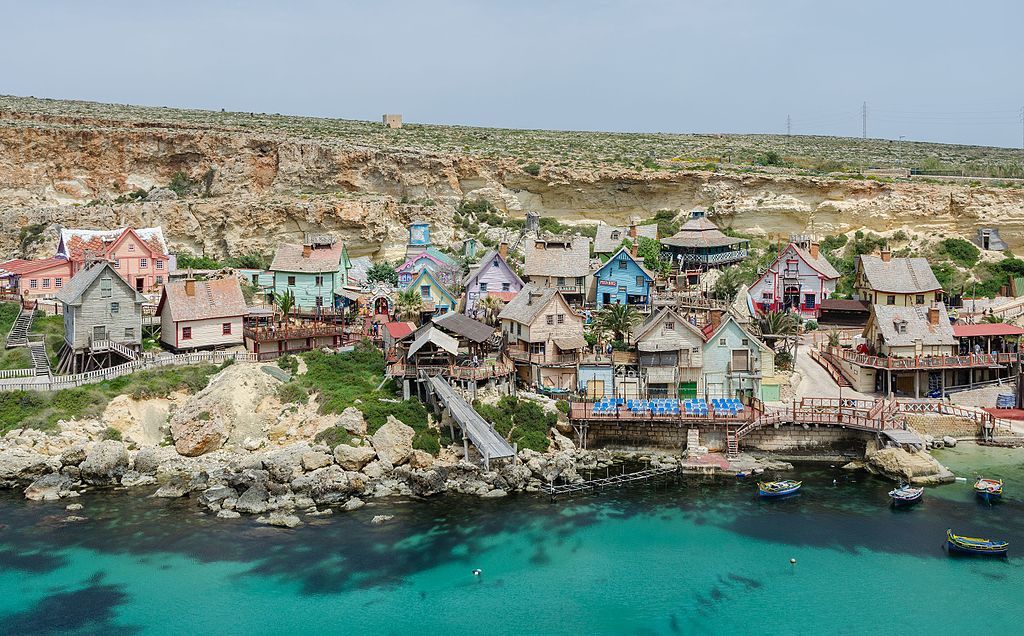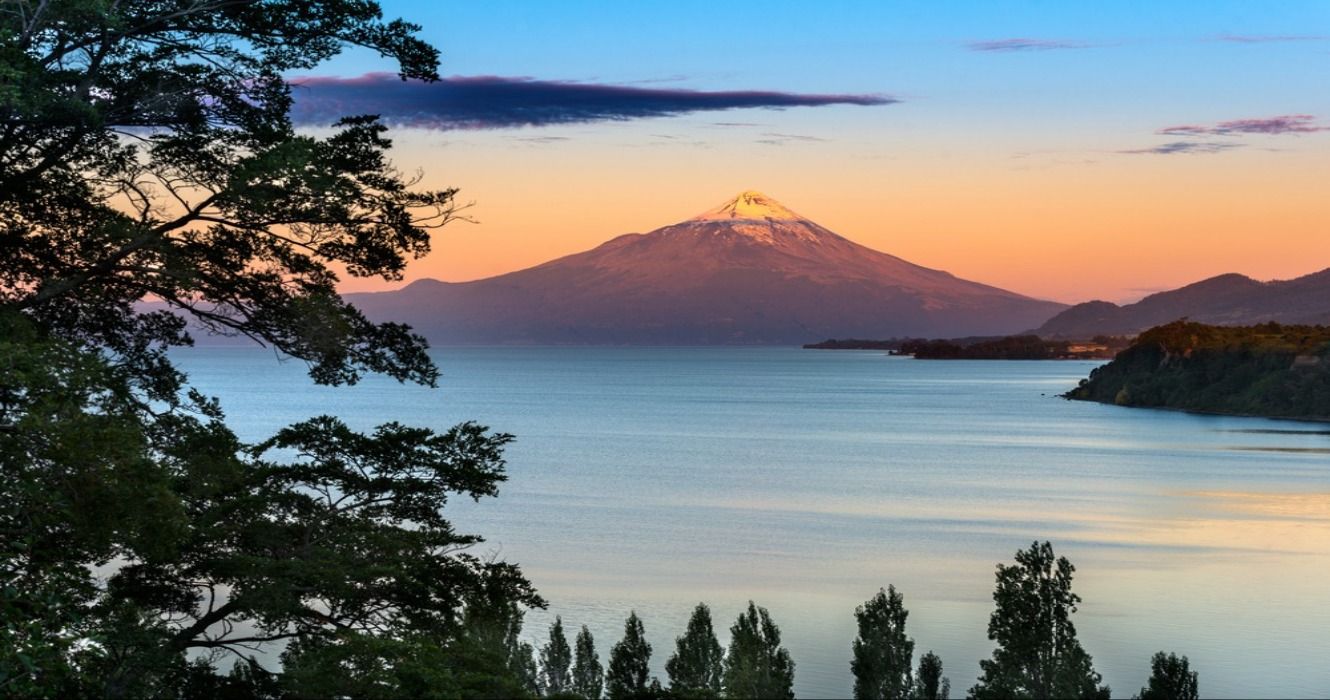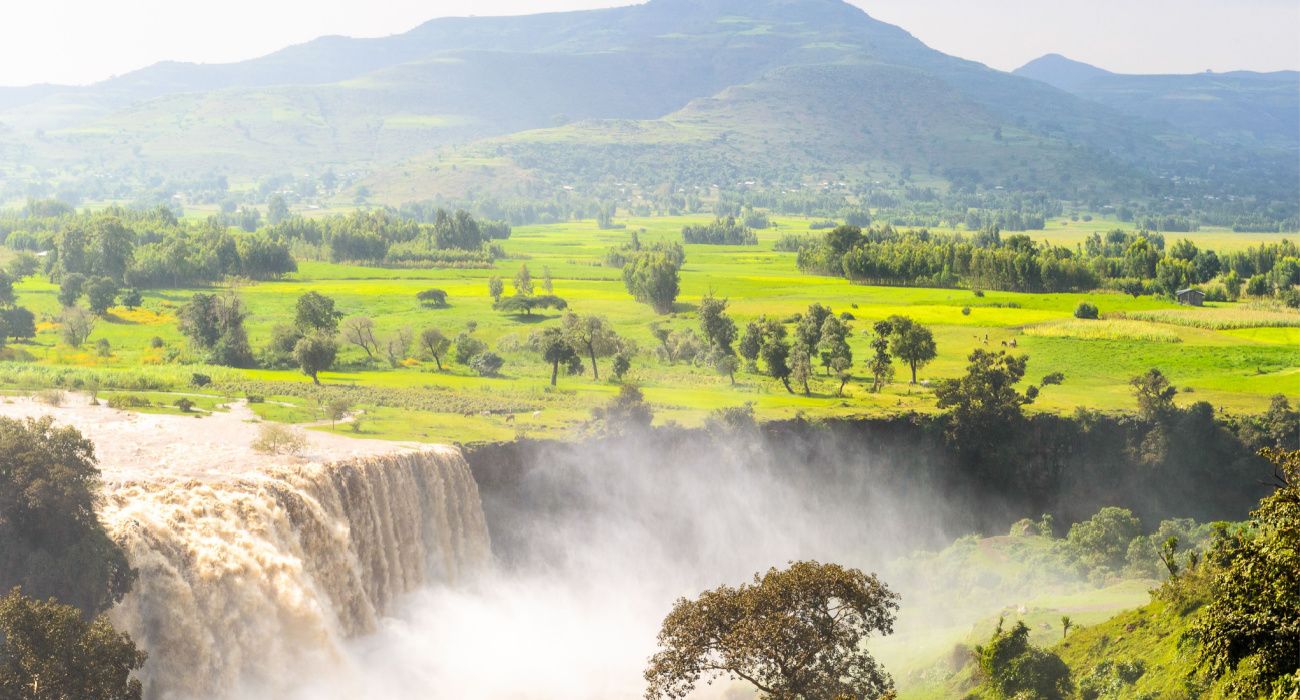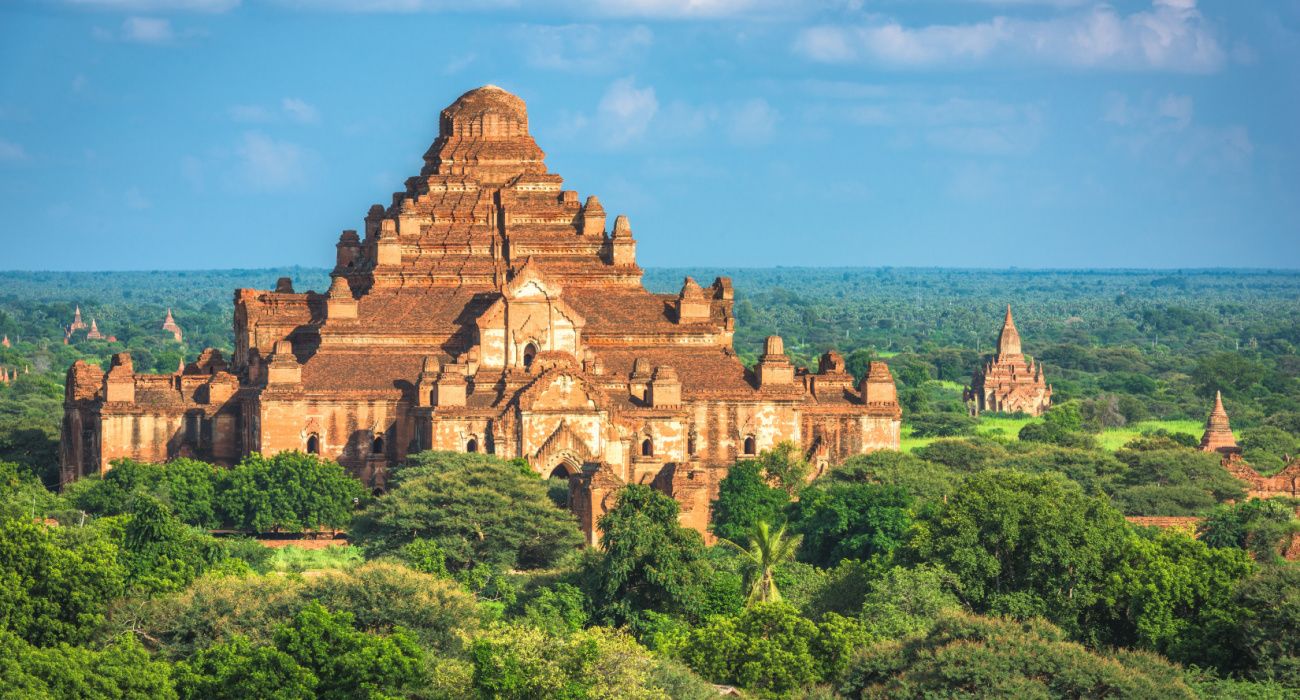Read update
- There's More To Know About The World's Climates
Summary
- Qatar is a country with extreme climate conditions, experiencing scorching summers and mild winters, making it best to visit in the cooler months.
- Portugal offers good weather year-round, with coastal regions experiencing a Mediterranean climate and the Algarve boasting warm temperatures.
- Russia and the United States have the most climate diversity, with Russia spanning arctic, temperate, and subtropical regions, and the US offering three climate zones within its borders.
Some countries just seem to have it all. Mountains for trekking and skiing, beaches for sunsets at sea, deserts for moon landscape substitution, and icebergs just to top off their coolness. There are countries famous for their vast wildlife, while others are famous for being more beautiful during winter.
People mostly travel to other countries to experience different cultures and environments, a change of scene one might say. Basically, they wish to enter a different climate zone for a change. While most countries host several subclimates. There are a few countries on Earth where you can enjoy skiing and sunbathing during the same season and sometimes even on the same day.
The Köppen Climate Classification System is probably the most widely acknowledged, dividing the earth into four main climate zones and several subclimate zones. For the purpose of this list, however, the focus is on the four main ones: The Arctic, The Temperate, The Subtropical, and The Tropical Zone. Divided according to average temperatures, rainfall, and latitude, climate determines everything from weather and biodiversity to which travel activities are available in certain regions.
As of today, several countries have reached several climate zones, and one giant reaches as many as all four. This implies that with one single ticket, one could experience almost all of nature’s wonders in just one country. So travelers can understand which countries offer extreme climate conditions and which don't. Here is a list of the top countries with the most insane climate diversity and those with the least.
UPDATE: 2023/11/08 09:20 EST BY LUANA FERREIRA
There's More To Know About The World's Climates
Knowing what climate to expect when visiting a country is crucial to deciding the best time to travel and which cities to visit. This list has been expanded to include a country with scorching days most of the year and another with mild temperatures.
26 Most: Qatar
Qatar experiences an arid desert climate characterized by scorching summers and mild winters. The desert location influences the country's climate, so summers, from June to September, are exceedingly hot, with temperatures often exceeding 100°F (38°C). The temperatures are so high during summer that FIFA agreed to change the dates of the 2022 Qatar World Cup. The tournament is traditionally held in June and July, but it had to start in Qatar in November.
Humidity is low, and rain is rare. Winters, from November to February, bring milder temperatures, averaging around 68°F (20°C), with cool evenings. Rainfall is infrequent but occurs sporadically. Spring and autumn offer pleasant transitional periods. Sandstorms can occasionally sweep through.
Travelers planning to visit Qatar should consider the months between December and February, as winter is cooler.
- Hottest month in Doha (Qatar's capital): July, with an average temperature of 37°C (99°F)
- Coldest month in Doha: January, when the temperature drops to 18°C (64°F)
25 Least: Portugal
Portugal is considered a perfect destination for solo female travelers, and those planning to visit the European country will be pleased to know they can experience good weather year-long, depending on the region they go to.
Coastal regions experience a Mediterranean climate with hot, dry summers and mild, wet winters. The interior, especially in the north, has a more continental climate with colder winters and hotter summers.
The Algarve region in the south boasts a subtropical Mediterranean climate, offering some of the warmest temperatures in Europe. Portugal's climate is generally pleasant, making it a popular destination for those seeking a mix of sunshine, mild temperatures, and occasional rainfall throughout the year.
- Places to visit in Portugal: Lisbon, Algarve, Sintra, Porto
- Hottest months in Lisbon (Portugal's capital): July with an average temperature of 30ºC (86ºF)
- Coldest month in Lisbon: January, when temperatures drop to 14.3°C
24 Most: Russia
Russia is not only a huge country but also an absolutely enormous country, containing the arctic, temperate, and subtropical regions. In the town of Oymyakon, temperatures drop to under 50 °C (-58 °F) during the winter, making this town the coldest inhabited place on earth. The climate of Russia is both diverse and extreme. Although it will take you some time to get from one climate zone to another, a ticket to Russia will give you access to freezing polar mountains and alluring subtropical experiences by the Black Sea beaches of Anapa.
- Coldest place in Russia: Oymyakon -58 °F during winter
23 Most: United States
Home to nothing less than Hawaii, Alaska, the Grand Canyon, California, and the Everglades, The United States houses a total of three climate zones within its borders. Although the distance between them will make you feel like going to another country, a ticket here will allow you to enjoy all the activities you would normally have to visit several countries to experience while enjoying the country’s famously delicate cuisine along the way! Fancy a hike through a mountain forest, surfing by the Pacific, or dancing the night away in a grand metropolis? As usual, America has it all, even regarding climate diversity.
- The coldest place in the U.S. Fairbanks, Alaska, with the lowest recorded temperature of -66°F.
- The hottest place in the U.S.: Death Valley is famous for having high temperatures that can reach up to 120°F (49°C) during summer.
22 Least: Kenya
Conveniently located close to the Equator, Kenya generally enjoys warm temperatures all year round. Situated within the tropical zone, there are only really two seasons in Kenya, namely the wet and the dry season. Although most people living in temperate climate countries wouldn’t consider Kenya’s wet season very wet at all, it is indeed wet and cloudy during the months between November and April. Despite not reaching more than one main climate zone, the country’s position between the mountains and the sea provides Kenya with several subclimates, including an arid climate in the country's interior and a tropical coastal climate at the seaside.
Kenya is also one of the best places in the world to go on a safari, but there are a few things travelers should know before booking their tour.
- Hottest month: March at 69°F (21°C)
- Coldest month: July at 62°F (17°C)
21 Least: Netherlands
Known for its small size and famous painters, the Netherlands can brag about many things. Climate diversity, however, is not one of them. Getting from one side of the country to the other will take you approximately as long as it takes a millennial to capture a picture of their Flat White, about three hours. Located in the middle of a temperate climate zone, like Denmark, the Netherlands experiences a sharp contrast between seasons, with pleasant to warm temperatures in the summer and cold to freezing temperatures in the winter. Spring is lovely, while autumn resembles a puppy being called to from different ends of the garden.
Due to its geographical location and being below sea level, the Netherlands is extremely windy.
- Hottest month: July, with temperatures that can reach 72.5°F (22.5°C)
- Coldest month: February has an average temperature of 33.8°F(1°C)
20 Most: Australia
As the largest island within the Southern Hemisphere, Australia enjoys a diverse climate that changes dramatically from the North to the South. Apart from the country’s frightening biodiversity, where supposedly everything is trying to kill you, Australia is sure to provide almost every type of climate there is. Despite its exotic reputation, Australia is home to more than the famous Australian Outback, spanning three of four main climate zones.
In the north, the tropical climate results in tropical cyclones and monsoon rains, while the subtropical climate's milder reality characterizes Queensland's central part. Furthest to the south, the island of Tasmania provides Australia with a temperate climate.
- Hottest place in Australia: Marble Bar, where temperatures can reach 106.7°F (41.5°C) in December
19 Most: India
India hosts nothing less than six climatic subtypes, ranging from arid desert in the west to alpine tundra in the north. It does, however, not cover either the temperate or the arctic zone but has a subclimate alpine tundra region due to the altitude of the Himalayan mountains to the North East. As the only country in the world to host both lions and tigers, India’s climate is truly unique despite covering fewer main climate zones than previously mentioned destinations on this list.
Home to subtropical deserts, salt lakes, and tropical islands, a trip to India allows one to explore several subclimates depending on whether travelers spend their time in the mountains, by the beach, or in the highlands.
- Sri Ganganagar is reportedly India's hottest place, with 115.7°F (45°C) during summer.
18 Least: Iceland
A bridge in Iceland
Although famous for many things, including its glaciers, hot springs, volcanoes, and lagoons, Iceland’s position within the temperate climate zone might appear more arctic than temperate to many people. Hosting a sub-arctic climate, however, this assumption is not entirely mistaken, and the name of the country doesn’t really help its non-arctic reputation either. As many people visit for a sight of the aurora borealis, mostly visible during winter and spring, it is crucial to remember that like most of the northern temperate climate countries, Iceland has a long, dark winter with only a few hours of light a day. On the other hand, the country enjoys long summer nights with only a short period of darkness per day.
- Hottest month: July, with temperatures that can go up to 59°F (15°C)
- Coldest month: January, when temperatures can drop as low as -35°F (-3°C)
17 Least: Denmark
Everyone who has visited Denmark will know that the sun can change to rain in the blink of an eye. If not counting Greenland, Denmark is as homogenous as it can get when talking about climate diversity. Due to its small size, the entire country is conveniently situated within the temperate zone, making winters cold and summers hot, although not to the extremes of the tropic or the arctic regions.
Although the Danish weather is a common topic of conversation among the Danish people, the temperate climate assures a place in the middle, with a clear season divide and lots of rain.
- Hottest month: July, with an average temperature of 60 °F (16 °C)
- Coldest month: February, when temperatures drop to 32 °F (0 °C)
16 Most: Brazil
Rainforest, need I say more? If you need another reason to travel to Brazil, this South American biodiversity treasure has many things to see. Although only stretching over two of the main climate regions, namely the subtropical and the tropical zone, Brazil is home to several subclimate types, including humid equatorial, semi-arid, and humid coastal. According to The World Factbook, most of the Brazilian population lives in the country's southeast regions or near the Atlantic Ocean.
Brazil has a continental size, and travelers can benefit from different weathers when traveling the country. The Northeast region is less visited. It offers sunny days most of the year (think about João Pessoa, Recife, Pipa, and Salvador), while in the South, the temperatures are low, and there are even reports of snow in some places like Rio Grande do Sul.
- Hottest month in Rio de Janeiro (Brazil's most famous city): February, with an average temperature of 82 °F (28° C)
15 Most: Haiti
Tropical storms and hurricanes are frequent visitors to this small island state, and therefore, Haiti deserves a spot in the list of extreme climates. Despite not stretching over several climate zones but simply enjoying the characteristic Tropical zone breeze, Haiti has had its share of extreme weather due to its climate throughout history.
Haiti is no stranger to natural disasters due to its location in the Caribbean. However, the strongest earthquakes occur approximately every ten years, so there is no sense in leaving Haiti out of the equation when choosing your next travel adventure.
- Hottest month: July, with an average temperature of 88 °F (31 °C)
- Coldest month: January, with an average temperature of 72 °F (22 °C)
14 Least: Italy
Although home to several subclimate types, including a Mediterranean coastal climate and a humid subtropical climate in the north, Italy is carefully tucked between the rest of Europe and the Mediterranean Sea. Despite the fact that there is not much climate diversity here, there is really no excuse not to visit this popular travel destination. Home to mountains, beaches, and antique cities, Italy compensates in culture for what it lacks in climate diversity.
Avoid going to Rome in the month of August unless you like to sweat! Cities away from the coastline in Southern Europe are definitely not to be messed with during the heat of August.
- Hottest month: July and August with an average high of 87°F in Rome.
- Coldest month: The average temperature in Central Italy is 40°F
13 Least: Malta
Placed conveniently within the subtropical area, the island of Malta enjoys pleasant temperatures all year long, without too much difference between summer and winter. Silently hiding in the Mediterranean, Malta is not the target of major weather-related disasters such as monsoons, heavy rain, or floods. Furthermore, the Island enjoys an optimal number of daylight hours per year compared to other European countries.
1962 was a record year for Malta as the country reached its lowest temperature in the last 50 years with a staggering -1.7 °C (28.9 °F). Well, some countries just have all the luck.
- Hottest month: July, with an average temperature of 81°F (211 °C)
- Coldest month: January temperatures drop to as low as 55°F (13°C )
12 Most: Chile
If Chile were a cocktail, it would be a dry mango martini on the rocks, dry like the desert, tropical-like Easter Island, and rocky like the glaciers of Patagonia. Home to nothing less than the world's driest desert, the Torres del Paine National Park and Metropolitan Paradise Santiago, Chile, has everything you need regarding climate diversity. Tucked between the Andes Mountains and the Pacific Ocean, Chile offers a unique opportunity to play in the snow and swim at the beach on the same day!
Due to the altitude of the Andean Mountains and the short distance of 117 km from east to west, it is possible to enjoy a day of skiing at the Valle Nevada Resort and go directly to the Pacific beaches of Viña del Mar in the short span of just three hours!
- Coldest place in Chile: Magallanes has an average temperature of 50°F (10°C)
11 Most: Ethiopia
Although Ethiopia is not one of those countries where you can find several climate zones within its borders, it deserves a place on this list for its extreme climate in terms of temperatures. With an annual average temperature of 35 °C (93.9 °F) and a summer average of 47 °C (116 °F), the town of Dallol will heat up any discussion and melt any frozen hearts! While the town is only a ghost of what it used to be, this is the place to be if you want to push yourself to the limit of what is humanly possible to endure.
- Hottest place in Ethiopia: Danakil Depression with an average temperature of 93.2°F (34°)
10 Least: Argentina
Most of Argentina falls into a subtropical zone, with provinces such as Neuquén, Río Negro, Chubut, Santa Cruz, and Tierra del Fuego experiencing low rainfall. Only in the strip adjacent to the Andes Mountains and in the southern end of the provinces of Santa Cruz and Tierra del Fuego is much precipitation experienced. This leads to Argentina having a relatively constant climate throughout the country.
It has pockets along the Andes Mountains with abundant lush forests. There isn't much variation, with vegetation becoming more scarce further west.
- Coldest place in Argentina: Tierra del Fuego, where the temperatures are hardly ever higher than 48.2°F (9°C)
9 Least: Bhutan
As a very compact and small nation, Bhutan is situated within the subtropical climate zone. Heavily affected by altitudes, however, Bhutan experiences a sharp divide between the lower and higher parts of the country, with temperatures getting colder the higher up you get. Although heavily affected by monsoons, the inland valleys are difficult to penetrate, and therefore, the weather here is milder than in the outer regions.
Although too far from the ocean for cyclones to have any major effect on the country, such a national phenomenon usually results in rainfall and snow in the mountains.
- Hottest month: July, when temperatures can reach 88.7°F (31.5°C)
- Coldest month: January, when temperatures are often 21.2°F (-6 °C)
8 Most: Myanmar
According to The Times of India, Myanmar holds the record for the highest average annual weather-related deaths in the world. In absolute terms, a total of 7,098 people die per year because of natural disasters related to weather conditions. Don’t be deceived by the beautiful tropical environment, as the climate of this place could be fatal.
Located right in the center of the Tropical climate zone and with a subclimate characterized as a tropical monsoon climate, Myanmar has experienced some of the most extreme weather ever seen on Earth.
- Hottest month: April, when temperatures reach 104°F (40°C)
7 Most: China
Due to its size, China inevitably holds an enormous climate diversity. Just like the United States and Russia, the pure size of China makes it one of the world’s most diverse, both in terms of culture and climate. Stretching over all four climate zones, China certainly tops the list on climate diversity. From the arctic northern Heilongjiang Province, over the temperate Hebei Province, down to the subtropical capital Hong Kong, to the tropical Hainan province in the south, a ticket to China will give access to all the main types of climate represented on Earth.
Although one might have to travel for days within the country to see it all, it is still a great excuse to visit!
- Turpan Xinjang is the hottest place in China, with an average 47.8 ℃ (118 ℉) temperature during summer.
- Mohe is reportedly China's coldest place, with temperatures as low as -63.4°F (-53 °C)

